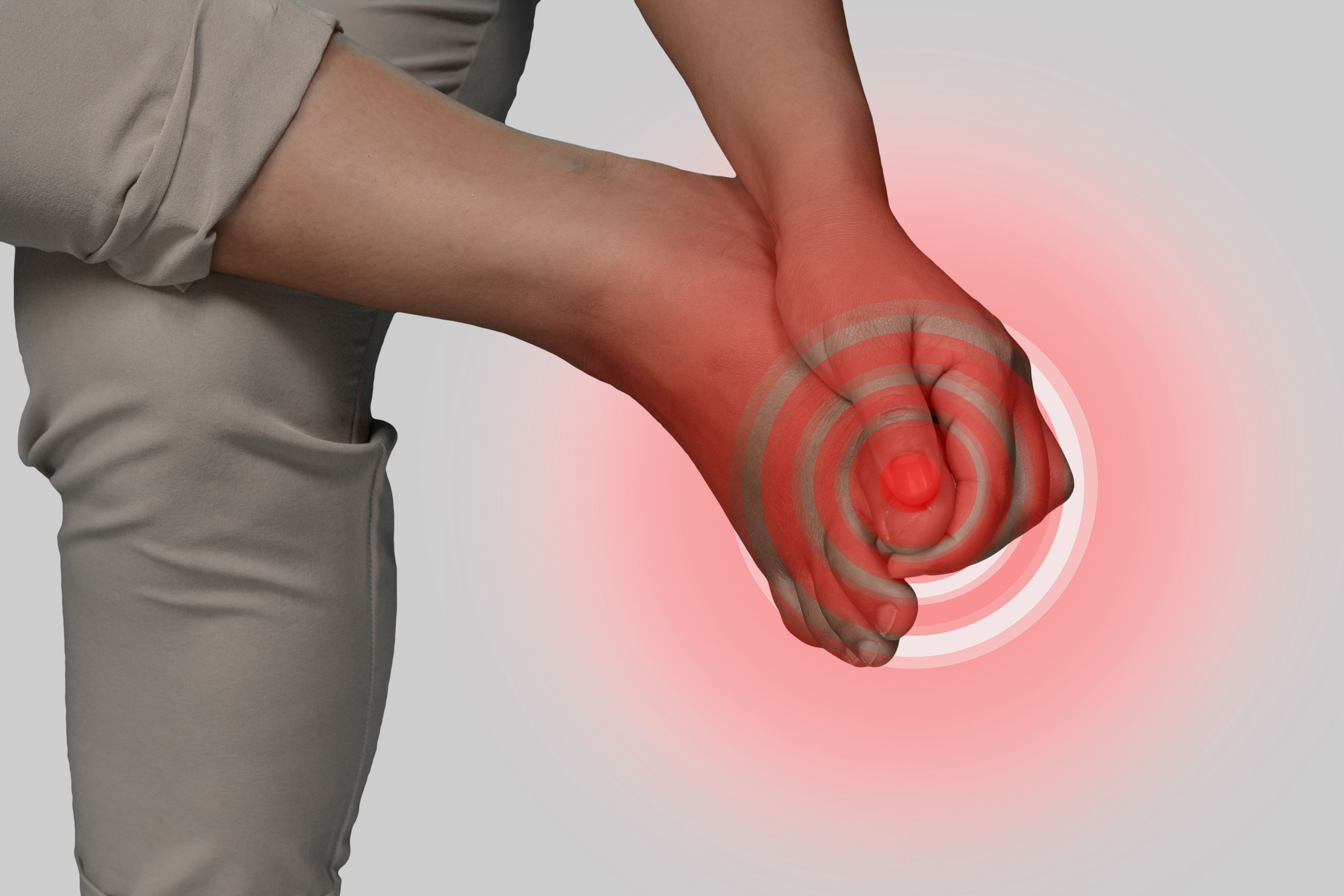Foot Care for Ingrown Toenails in Diabetes
A person’s general health and presence of many conditions can be ascertained by examining nails. Covering the tips of toes, nails protect toes from injury.Due to space present between the toe and toenails, toenails are prone to many fungal and bacterial infections. Ingrown toenails can pose a challenge in people with diabetes as it can lead to diabetic foot infections.
What are Ingrown Toenails?
Generally affecting the big toe, ingrown toenails are nails whose edges grow into the skin present next to it. This is known to occur in people who sweat a lot. The feet have numerous sweat glands and moisture contributes to ingrown toenails.
Ingrown toenails occur when the pressure of the toenail growing out pierces the skin adjacent to it. This condition is characteristic with pain, swelling, discomfort and infections.
Ingrown Toenails – Risk Factors
- Irregular nails
- Improper cutting of toenails
- Ill-fitting shoes
Injury to the toenail - Poor foot hygiene
- Activities like sports, and dancing
- Genetic causes
- Obesity
- Diabetes
Ingrown toenails are prone to infections due to humid and heat conditions. This leads to pain, redness, swelling, and discomfort while walking, wearing shoes, and while standing.Though ingrown toenails resolve with foot hygiene, soaking in water, and proper nail cutting, it requires special care in diabetes.
Diabetes and Ingrown Toenails
Ingrown toenails can be a risky condition in people with diabetes as it can lead to diabetic foot infections and diabetic foot. People with diabetes have poor blood circulation and nerve problems of the feet. Feet are the farthest extremities of the body and so they are the first to be affected by poor blood circulation. Nerve damage also tends to start with the nerves of feet in people with diabetes.
Major risk factors of ingrown toenails in diabetes include infection, formation of gangrene, and ultimately amputation. Since people with diabetes have reduced immunity levels, fungal infections can crop up if neglected. These infections take time to heal as diabetes is also synonymous with slow wound healing. People with diabetic neuropathy, peripheral artery disease are prone to have ingrown toenails.
When the ingrown toenail pinches against adjacent skin, it lacerates and pierces the soft tissue. Due to humidity and heat conditions present in the feet, fungal infections and bacterial infections emerge. Over a period of time, this results in death of the surrounding tissue and causes gangrene.
Diabetic foot infections, and diabetic foot ulcers are major causes for foot amputation. It is important to treat ingrown toenails aggressively in order to avoid progressive damage.
Foot Care for Ingrown Toenails
- Reach target blood sugar and HbA1c levels
- Wear diabetes footwear or footwear that prevents foot deformities
- Wear absorbent diabetes socks to absorb excess sweat
- Never walk barefoot
- Examine feet thoroughly for any changes on skin and toenails
- Trim toenails properly. Ensure that you do not cut the edges too small as it can pierce into the adjoining tissue
- Avoid smoking as it can accelerate diabetic neuropathy
- Get feet examined by a podiatrist regularly
If you notice any redness, bad odor, pain, and swelling, consult your diabetes doctor and podiatrist immediately.











